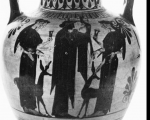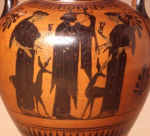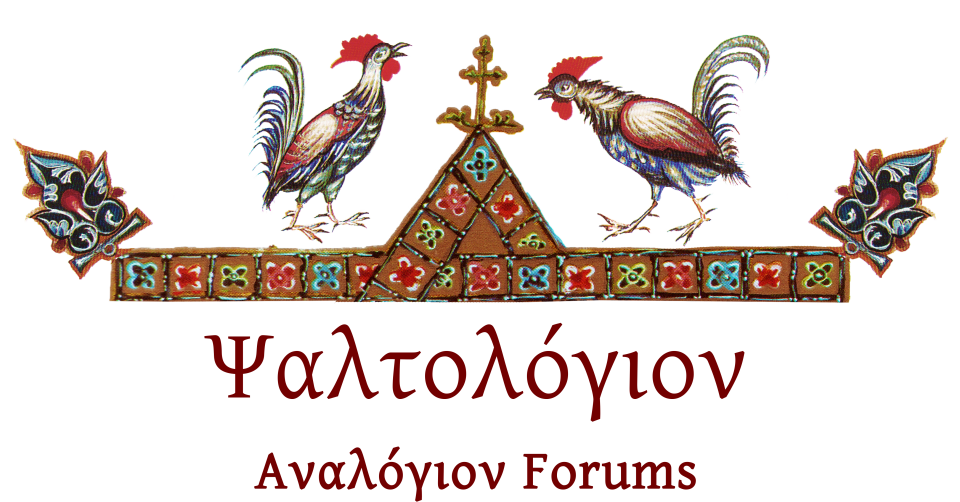A GREEK BRONZE DANCER
HELLENISTIC PERIOD, CIRCA 2ND-1ST CENTURY B.C.
A GREEK BRONZE DANCER
HELLENISTIC PERIOD, CIRCA 2ND-1ST CENTURY B.C.
Solid cast, the lissome adolescent female with elongated torso and legs, nude but for a band-like
perizoma covering her buttocks, her pudendum bare, decorated on the reverse with interlocking X's, wearing latchet shoes enclosing her toes and tied at the ankles, standing on her toes, the heels raised (supports below), the right leg slightly advanced, her right arm raised high overhead and bent at the elbow, the left lowered, playing
krotala (castanets), one preserved, the dichotomy of her arms twisting her upper body to her left, her head turned sharply to her left and held strong on her graceful neck, her gaze cast downward toward her left hand, her oval face with almond-shaped eyes beneath arching brows, with a straight prominent nose and small lips, the dimpled chin square, her hair radiating from the crown of her head and pulled back in a bun at the nape of her neck, a mortise at the top of her head for a now-missing element, her narrow waist modelled inward below her rib cage, a subtle vertical groove between the ribs descending toward her navel, the small breasts high on her chest
9¾ in. (24.8 cm.) high
Provenance
New York Art Market, 1995.
https://www.christies.com/LotFinder/lot_details.aspx?intObjectID=4921243


